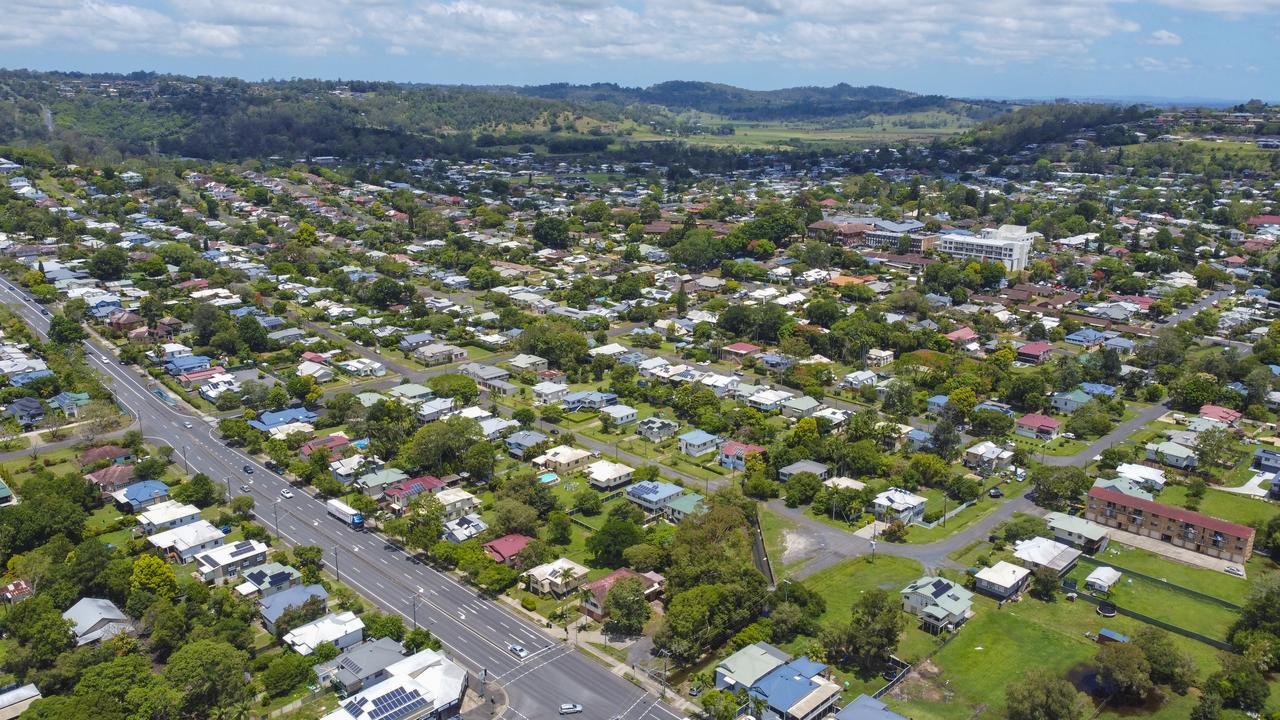Northern NSW flood recovery at a crawl year on from record natural disasters in February-March 2022
Thousands of residents remain in limbo a year after record-breaking floods smashed the Northern Rivers. We examine the aftermath – and the “humanitarian disaster” of the slow recovery.
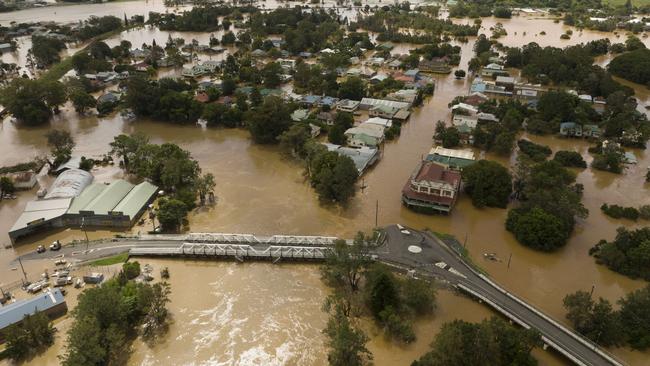
Lismore
Don't miss out on the headlines from Lismore. Followed categories will be added to My News.
It’s been a year since the biggest floods in the history books swept through the Northern Rivers, leaving a trail of trauma and destruction.
Now, thousands of residents remain in limbo – awaiting buybacks, relocations, scattered far and wide and in the dark about what the future holds after the February-March 2022 disasters.
Authorities recorded 22 deaths across eastern Australia during last year’s catastrophic floods, as well as untold injuries and extensive damage to thousands of properties locally.

Of the deaths, authorities have listed five in the Northern Rivers – though some community members still believe the number is significantly higher.
The state and federal governments have committed more than $4.6 billion toward flood recovery efforts in the Northern Rivers – but just over 10 per cent has been paid out a year on, as residents cry for help and a sense of hopelessness washes over some communities.
Federal and state MPs including Kevin Hogan and Janelle Saffin have called for a faster response to the floods. Ms Saffin has also spoken out about her own traumatic experience, which includes her husband almost drowning and significant damage to her home.
The Northern Rivers Reconstruction Corporation (NRRC) has received more than 6500 applications for buybacks of property across the region.

The NRRC confirmed by April only about 250 homeowners will have been offered a flood buyback, despite frustrated cries from community members.
The first round of voluntary buybacks was announced on February 21 - almost 12 months after the disasters.

Meanwhile, survivors battle on. Sleeping on couches, stuffing big families into tiny homes, camping in cars and caravans or scraping through in mouldy properties.
From snake catchers to farmers, retirees and local MPs – all walks of life were impacted by the floods that exceeded all expectations.
Terry Collins – Coraki
Coraki snake catcher Terry Collins was left homeless after everything he owned was washed away on February 28 last year.
He stayed at his sister’s flood-ruined home until a local farmer sold him a caravan on the cheap.
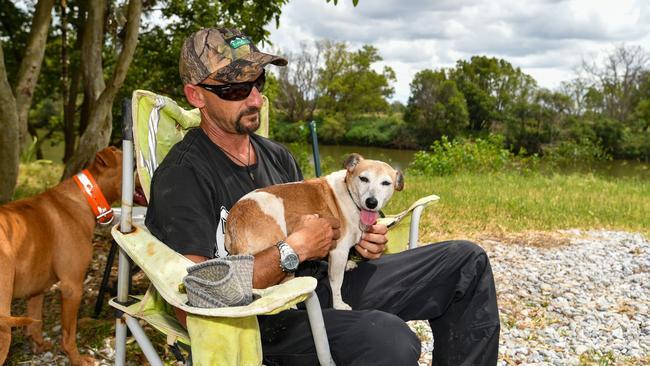
He continues to camp out in the van on the banks of the Wilsons River – the same river that swelled more than 14m in the deluge, exceeding any previous reading.
“I have no shower or toilet, so I’ve got to go have a shower elsewhere. It’s just not feasible,” he said.
“I have nowhere else to go.
“There is nowhere to rent because all the houses are wiped out.”

Basic necessities like showering, going to the toilet and doing laundry have become difficult for many in the wake of the disasters.
Mr Collins said he was doing everything he could to “get on top”.
“Unfortunately, everyone’s in the same position,” he said.
“It makes it a bit hard because the whole area is still affected.”
Janelle Saffin MP – Boat Harbour

Ms Saffin, who represents the large Lismore electorate spanning 13,000 sqm of Northern NSW, has called for the flood recovery response to be ramped up.
The Boat Harbour resident said her husband Jim Gallagher almost drowned while she was trapped in Lismore as floodwaters rose.
They have since moved back into their home, but the property still needs lots of work.
Ms Saffin raised concerns about the psychological, emotional, and physical health needs of her community after the floods.
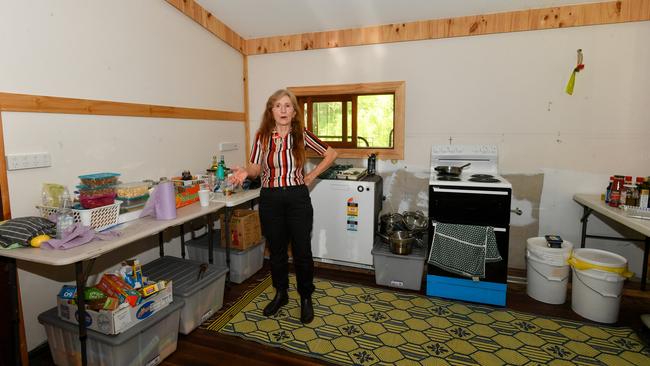
She said there has been “no appetite” from the bureaucracy to work with the community.
“There is a yawning gap in the mindset and then response,” Ms Saffin said.
“(There’s) no practical commitment to community-led recovery, despite the rhetoric ... No sense of the urgency that we understandably have.”
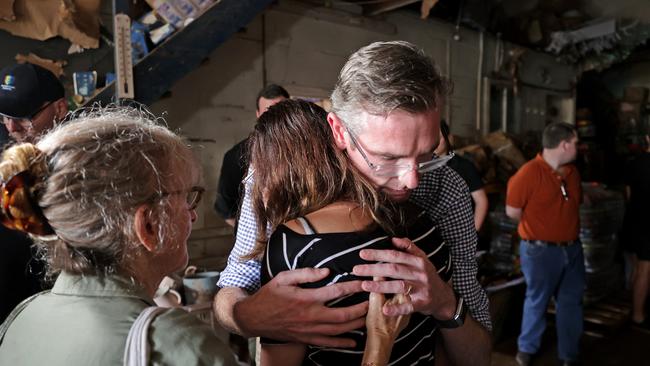
Ms Saffin said the floods were horrific enough, but the community has been enduring a “humanitarian disaster”.
“The systems in place were not able to adapt quickly or at all to get the settings right for our recovery,” she said.
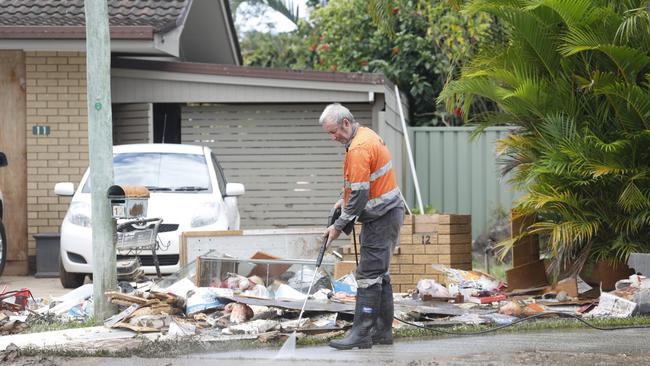
“The response we called for from day one was like what happened when Cyclone Tracy almost destroyed Darwin.”
Ms Saffin called for the NRRC to be let “off the leash of the Regional NSW bureaucracy”.
“Let (the NRRC) do what the good people who are the public servants have the capacity, competence and compassion to do,” she said.

“Let it really become part of our community, as was the intention.”
Aiden Ricketts - North Lismore
Aiden Ricketts has set up a getaway ladder and an aluminium boat at the back of his home.
The North Lismore man was part of a “tinny brigade” and the wider “tinny army” rescuing trapped residents in the floods.
Fortunately, his hardwood home withstood the natural disasters and his place came up almost as good as new after a hose-out.
Mr Ricketts is now steeled for the next inevitable Northern Rivers flood event.
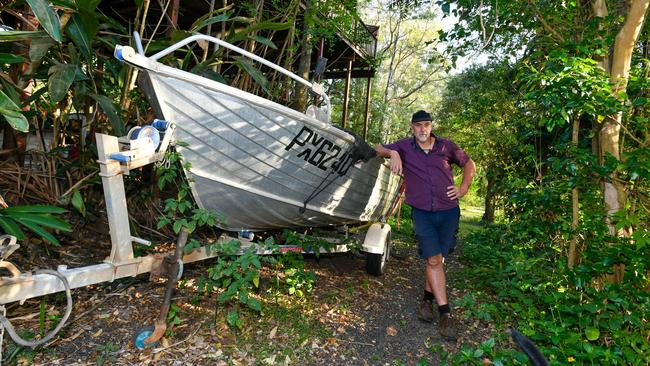
Mr Ricketts and fellow rescuers helped neighbours work their way out of ceiling cavities and retrieved people from roofs as floodwaters rose and emergency services were swamped.
The residents were dropped off at the makeshift “mainland” on High St.
“Every time you went past a row of houses, there were just more people on roofs,” Mr Ricketts said.
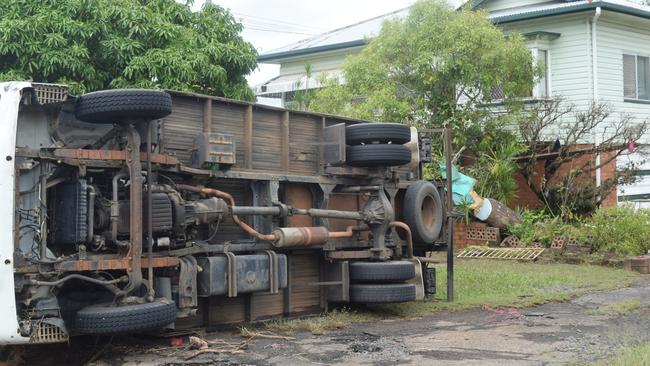
With his daughter by his side, he performed rescues from 5.30am until about 3pm, when more boats came to assist.
“The most terrifying moment was very early in the morning when I had pulled the neighbours out of their roof cavity and I looked across the town and pondered how many people are in roof cavities with rising floodwaters. Would they be trapped and drown there?” Mr Ricketts said.
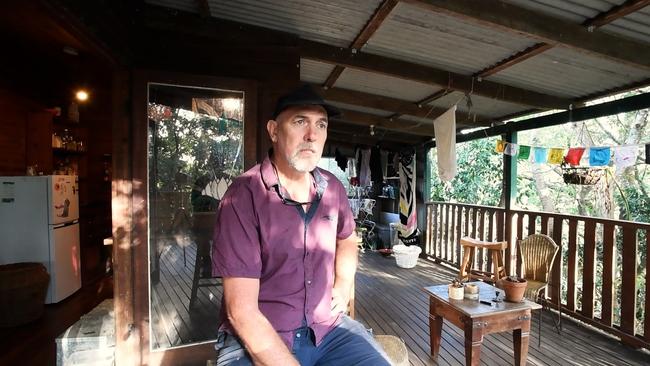
“I’m incredibly relieved thanks to the tinny army that the death toll was kept to five.”
Mr Ricketts said some found it easier to survive post flood event than others.
“If you really like camping and you’re a bit of a feral - I think that really helped,” he explained.
“I was a feral in the ’90s, I lived out bush and built my own house, so I was used to living rough.”
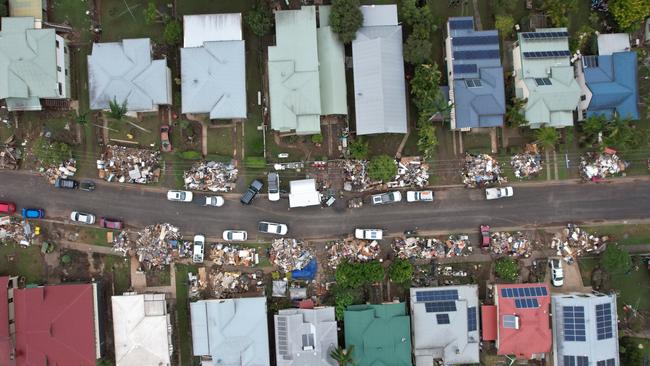
Mr Ricketts had a scathing review of insurance companies.
“It wasn’t the physical flood that was causing the worst impacts on people, it was the insurance companies,” he said.
“These people were displaced and ... were told they didn’t have insurance or were told it was going to take years to be done.”
He also called on the NRRC to move quickly.
“It’s confusing, its disempowering, people have been sitting here with their lives on hold waiting for any snippet of information to come through about what’s going to happen and its really messed people up,” Mr Ricketts said.
“The sooner the NRRC answer people’s questions the better.”
Avinash Ayres – South Lismore
Avinash Ayres is waiting for a buyback after more than one metre of water smashed through her raised home last year.
She hopes to use it to purchase land to relocate her home, which is more than a century old, instead of leaving it behind to be stripped for parts.

But the long-time Lismore resident, aged in her 70s, pointed out property buybacks are not the solution for everyone.
Ms Ayres said even if she went through with a buyback, she wouldn’t be able to afford to buy off the flood plain.
“I can't buy anywhere to move my house to unless they acquire some land,” she said.
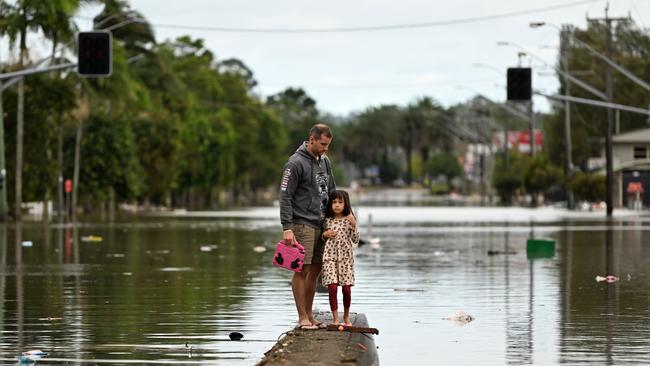
“We need to have the land available at a price that people can buy because there’s no point having a relocation or a buyback if you’ve got no land to put it on.”
Ms Ayers said a vacant lot of land in Lismore out of the way of typical flooding would be priced at about $350,000 on the open market.
She said a purchase like that would absorb the payout of a buyback and leave survivors with nothing left over to either move their existing house or build a new one.
Simon Lamont – Lismore
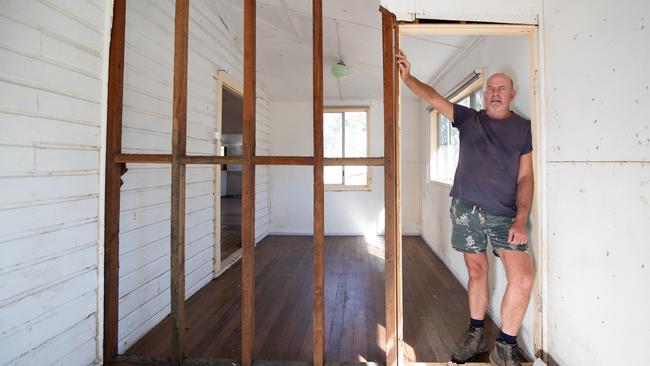
South Lismore’s Simon Lamont, 66, is waiting anxiously on answers as he spends what little money he has left on restoring his damaged home.
Mr Lamont is retired and has dumped his life savings into repairs as he awaits news of a buyback.
But even if he gets one, Mr Lamont said he had no idea where to go.
“I don't have the security of youth to go and refinance and get something more expensive,” he said.
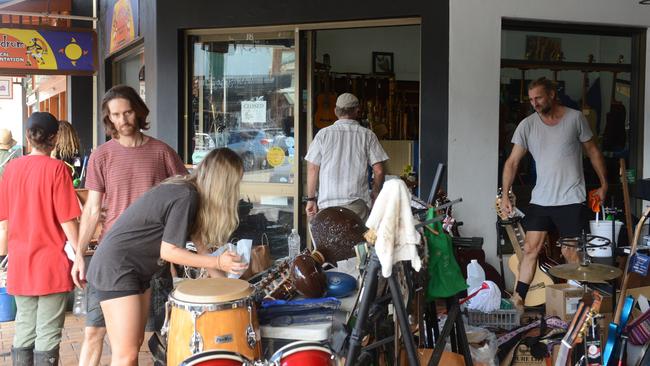
He originally bought in a high-risk flood zone because it was all he could afford.
“I can’t buy back into the market at that price,” Mr Lamont said.
“Even if they gave me pre-market value, I have to then buy a block of land and pay for a house to be built.”
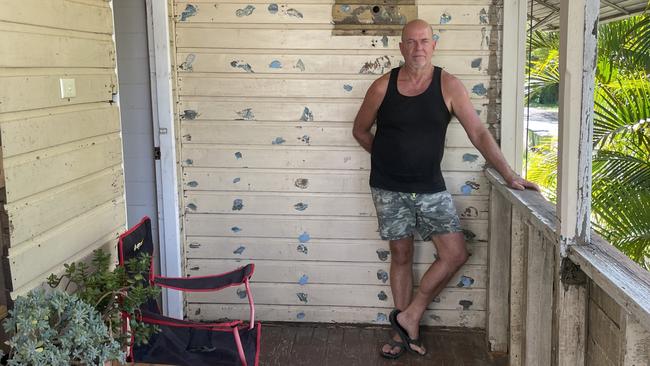
Mr Lamont said without affordable land available, he would be forced to stay and hope another flood of the same magnitude does not happen again in his lifetime.
His story is common – many who lived in high-risk flood areas decimated by the floods did so because it was all they could afford.
Mr Lamont said a buyback of somewhere between $350,000 and $450,000 would not help flood survivors to return to the housing market.
Rebecca Foster, Michelle LeDan and Ursula Wharton – Murwillumbah
The Tweed Shire, in the far north of the state, also copped life-changing flooding – and Murwillumbah was one of the towns hit hardest.
Lack of information is the biggest concern for those still living in temporary accommodation and flood-damaged homes, according to locals.
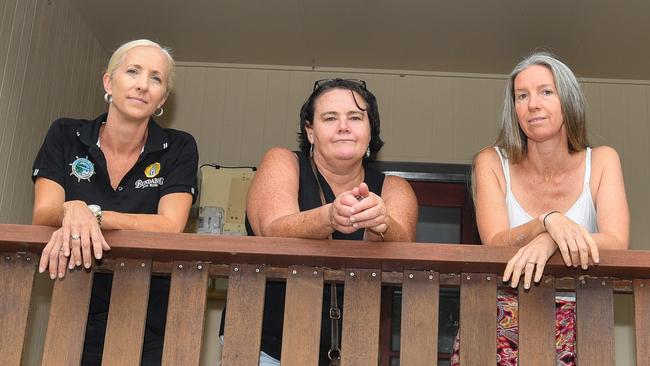
Residents on Railway St endured two fronts of the disaster when the Tweed River and Condong Creek both broke their banks.
Home owner Michelle LeDan, 48, said there was a lot of uncertainty in the community. The mum of two teens currently still lives in her flood-damaged home.
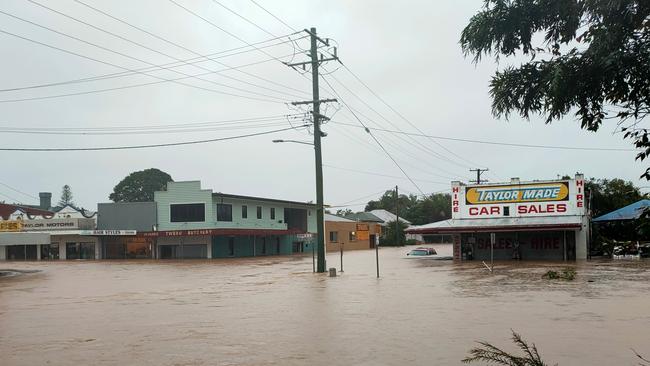
“We still don’t have a kitchen, but we’ve got a new bathroom in,” she said.
“Without the help of the community, we’d still be sitting in the mud.”
A group of residents banded together to demand answers from the NRRC when representatives showed up on their street late last year.
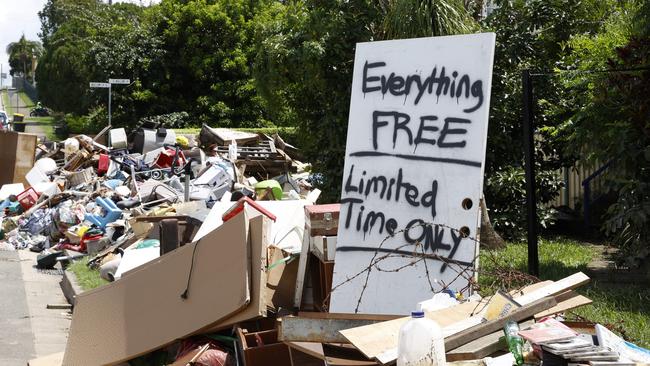
Ms LeDan and friends Rebecca Foster and Ursula Wharton said they wanted to know what their options were and how to forge forward.
“They’ve (NRRC) been on holidays. They’ve had plenty of time to be refreshed after the year of crap that we’ve had,” Ms LeDan said.
She called on the NRRC to “sort things out and give us some kind of direction and time frame”.
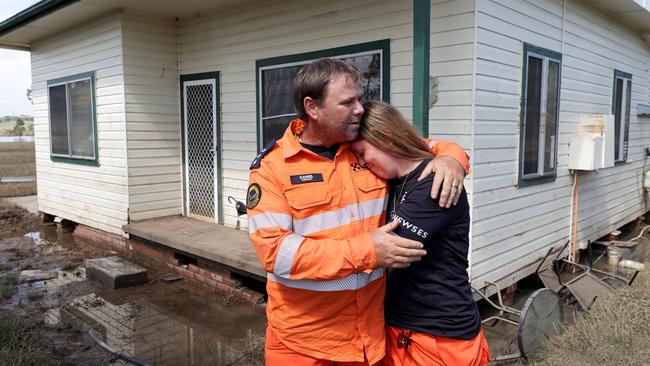
A spokesman for the NRRC said it was working with local stakeholders and homeowners could expect to be contacted for flood repair grants and buybacks by mid-2023.
Ms LeDan said she took a risk buying her home in a flood area, but like many residents, she never expected the severity of the 2022 floods.

Ursula Wharton is still living in her backyard shed.
She said her mental health suffered during the nine months Ms Wharton fought her insurer.
“NSW is far behind Qld (in the recovery effort),” Ms Wharton said.
Ms Wharton said it did not appear NRRC had “the attitude to help”.
The home owner and educator said Queensland, about 30km north of Murwillumbah, “has this in the bag”.
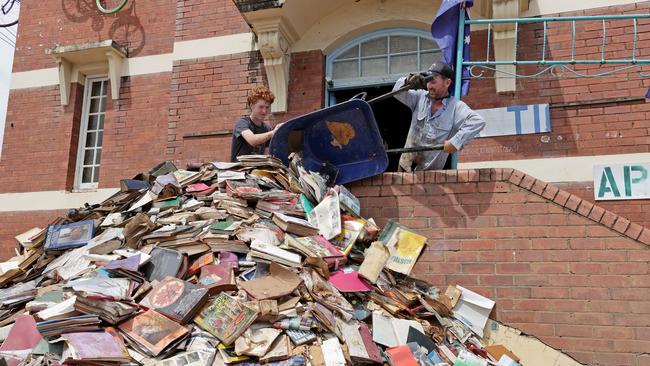
Ms Wharton was working to bring her home up to a liveable standard, but worried the slog won’t be worthwhile if she was offered a buyback.
“For my mental health, I’m really glad we took things into our own hands,” she said.
The group said the whole community had been let down by the governments and felt help was too little too late.

Ms Foster still lives in temporary accommodation that will soon be unavailable and her uninhabitable home has been stripped out.
She wants more information from the NRRC on how it is helping, but added: “The government’s not your carer or your keeper – you’ve got to do something for yourself.”
She said state government money towards other projects like the Northern Rivers Rail Trail rubbed salt into the wound.
“Yeah, that’ll be good for the area,” Ms Foster said.
“Help us, postpone that sucker – we’re homeless and can’t live in our street.”
‘Important we get this right’
Responding to concerns, an NRRC spokesman said the $700 million Resilient Homes Program was “one of the largest resilience responses of its kind in Australian history”.
The NRRC has been tasked by the NSW government with the recovery and reconstruction of housing and infrastructure in the flood-impacted Northern Rivers including home raising, retrofits, the buyback scheme and land swaps.
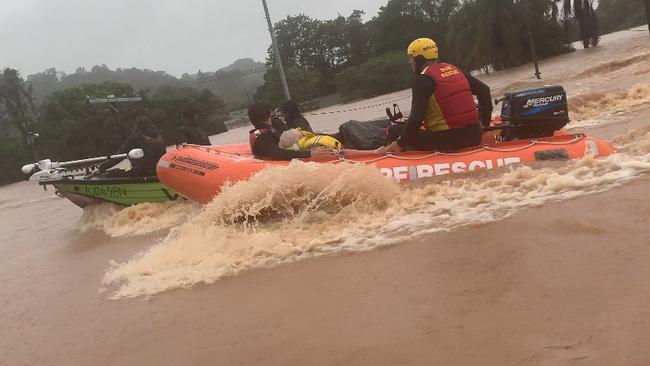
“Home owners who have received a voluntary buyback offer can take as much or as little time as they need to consider their offer and their options,” the spokesman said.
The spokesman confirmed land was also being sought and secured.
“In parallel to the Resilient Homes Program, the Resilient Land Program is designed to mitigate against possible housing pressures, by identifying flood-safe land suitable for redevelopment,” he said.
“By having a clear understanding of what land is available for development, the NRRC is able to move ahead with programs that will deliver safe and affordable housing for locals and increase community resilience.”

The spokesman said residents offered a buyback would “be prioritised in accessing new land and housing”, and by the end of April, the NRRC would have made 250 buyback offers.
He said the NRRC was working, in partnership with Landcom - a state-owned corporation - and local stakeholders, to “increase housing supply in the Northern Rivers region as quickly as possible”.

NRRC chief executive David Witherdin said earlier this week all residents registered with the Resilient Homes Program would be contacted about their eligibility for a buyback, or funding support for house raising or home retrofitting – but it could take until mid-2023.
“I cannot overstate the scale, complexity and importance of the Resilient Homes Program and want everyone to know we are committed to working with and listening to the community,” he said.
NSW Flood Recovery Minister Steph Cooke has defended the process.
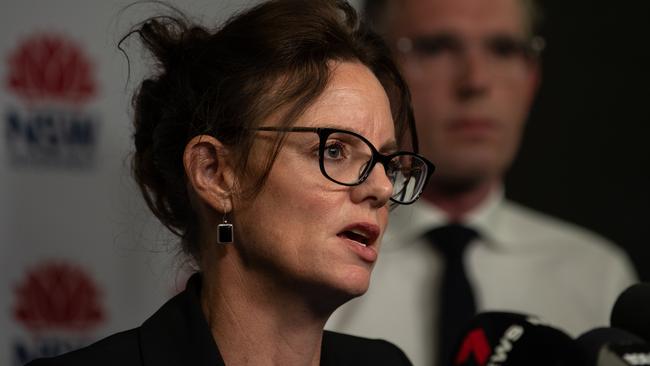
“A trial of the program was carried out to ensure the smoothest possible process,” she said.
“Given the scale of the flooding disaster and its impact on communities, it’s important we get the buyback process right.
“These first offers have involved the establishment of a considered property assessment and valuation process.”

Page MP Kevin Hogan slammed buybacks and land swaps for “taking too long”.
“The slower this is, means fewer people will take these options up,” he said.
“Some people are already selling their homes which means they won’t qualify.
“Others are putting money back into fixing their homes, so will be less willing to take up the buyback offer.”
On Thursday, the federal government announced $150 million in funding for flood mitigation projects across the Northern Rivers.
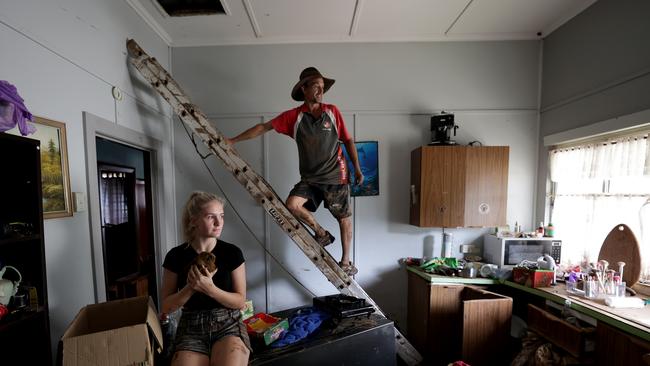
Projects include pump upgrades, assessments of evacuation routes and road raising.
The first $50 million will get “shovel ready” flood mitigation and resilience projects moving across Northern Rivers communities immediately, while the other $100 million will be spent over the next six months.
The CSIRO will compile a report over the next two years to understand the factors which led to the February-March 2022 flooding to prepare for longer term mitigation.
Next week, The Daily Telegraph launches the first of a two part documentary on the Northern Rivers floods: Courage Under Water. It features heroes of the floods and explores the collective trauma of communities still struggling to rebuild a year after a disaster that was ranked the fourth worst in the world in 2022.



